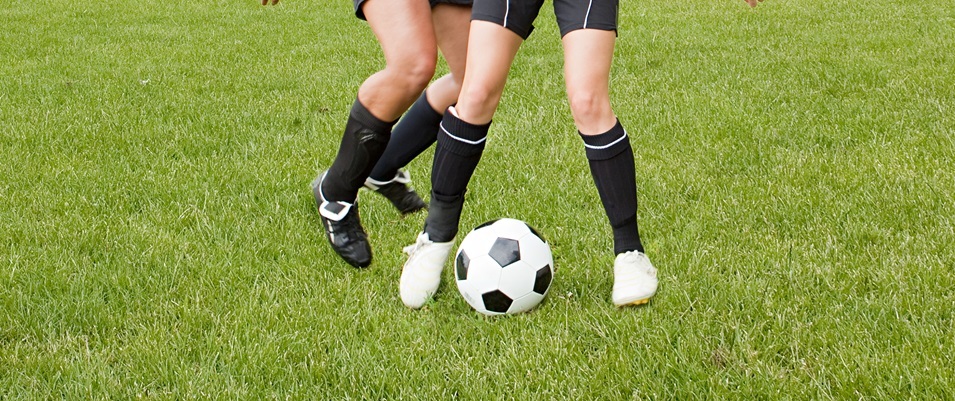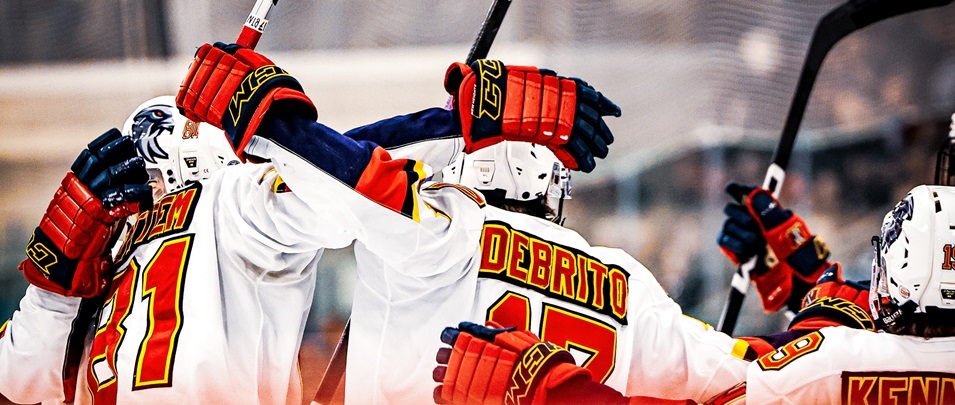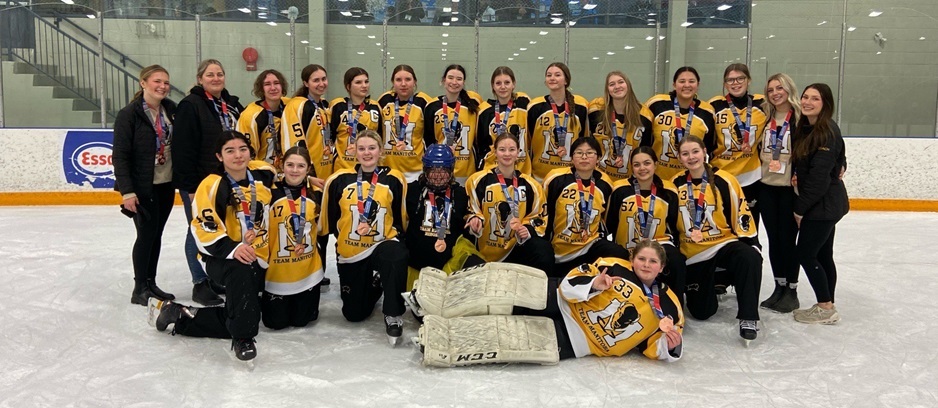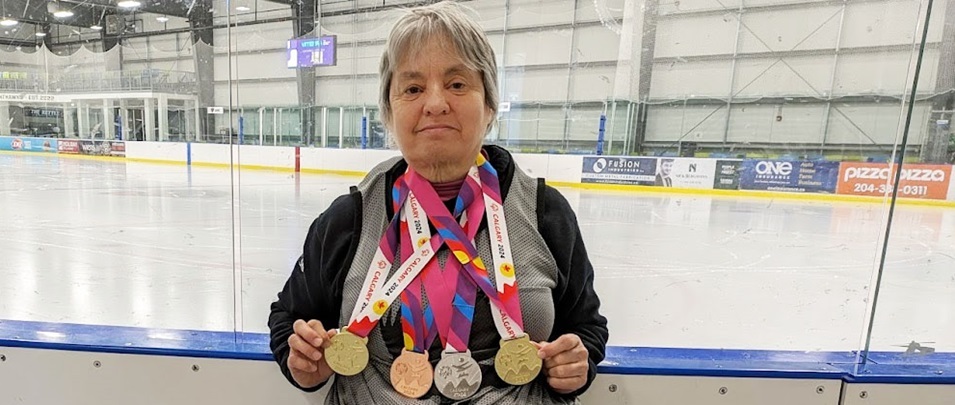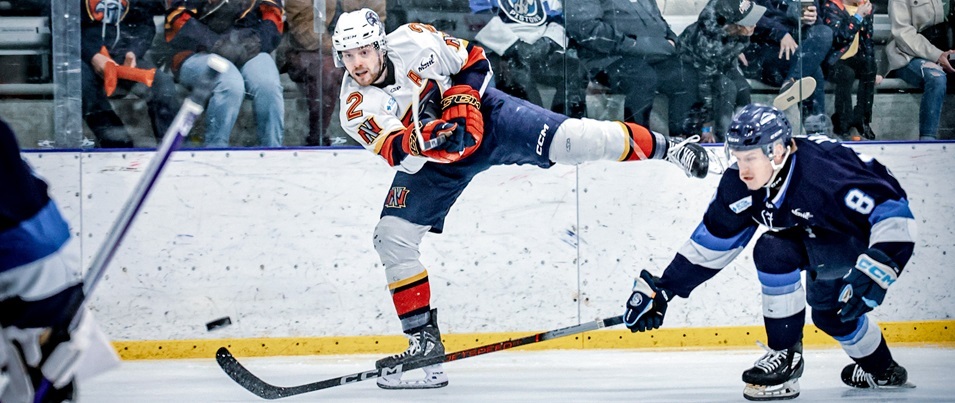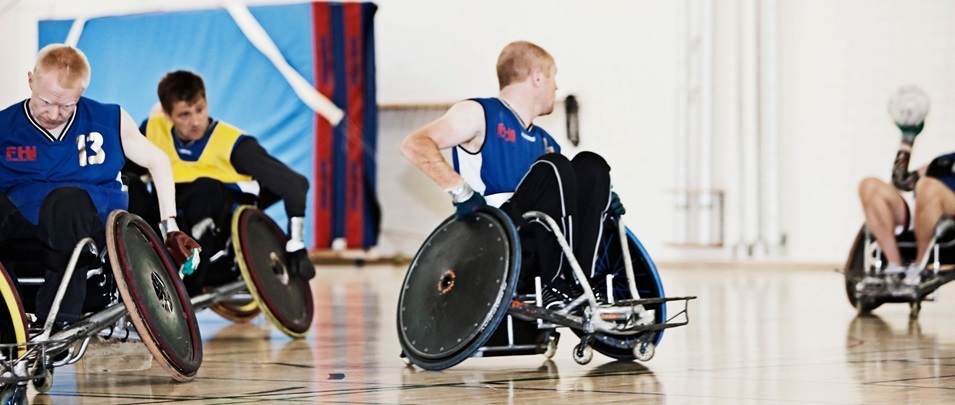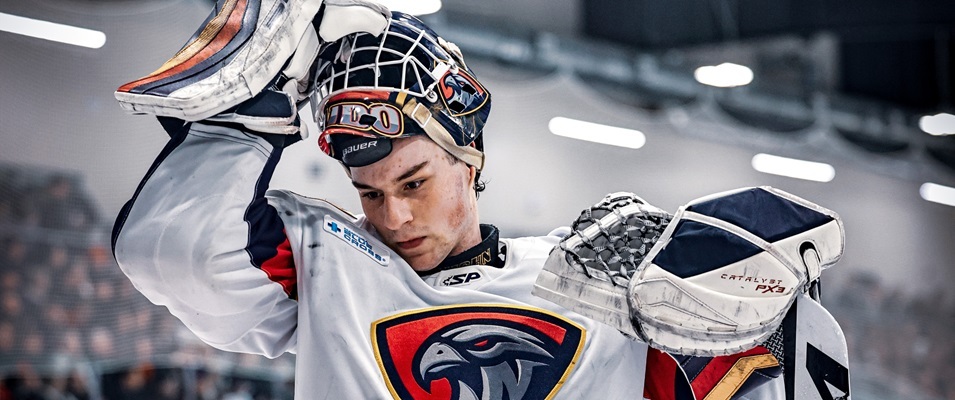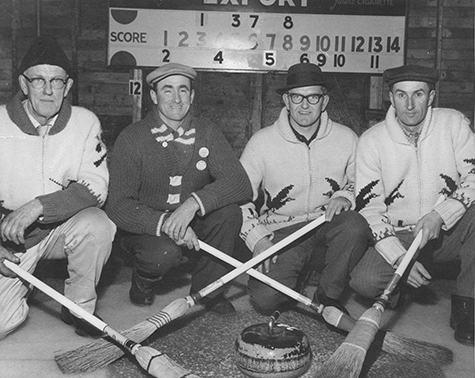
Back before there was a Tim Hortons in Niverville. Before there was a sushi restaurant. Before there were estates off Fifth Avenue. Before you’d even recognize the place if you weren’t there to see it. Before the commuters and growing pains, when Niverville was a different town in a different era, there was the Niverville Curling Club. It’s still here now, and it hasn’t changed as much as everything around it.
In some ways that’s good, and in some ways not so much.
Before there was the curling club that came before almost everything else, there was the idea of the curling club. Not surprisingly, many of the names who shared the idea and built the club are the same ones who built the town it’s in. And though very few of them are left to tell the tale, their sons and daughters and grandchildren are.
Margaret Stott’s father was named Robert Wallace, and if there’s a great-grandfather of curling in Niverville, it was her dad.
“We didn’t have a curling rink in town,” begins Margaret. “All the other towns around us were getting curling rinks but nobody in town knew much about curling. My dad was one and another was a man named John Enns.”
She’s telling us about days that closely followed the Second World War, but as she’s recalling these events, and especially the people, it’s clear her memories are vivid. Ask anybody who knows and they’ll tell you that if Niverville has an unofficial historian, it’s Margaret Stott.
Before he helped build a curling rink in Niverville, Robert Wallace had been a different kind of athlete in his youth.
“He was a pole-vaulter and high-jumper,” says Margaret. “He competed all around Western Canada and was very good.”
The community built the first rink where the Niverville Community Fellowship Church now sits on Third Street South. As most things were back then, it was a do-it-yourself project that involved a community of helpers. Local shopkeepers provided the lumber. Whether they were actually paid, nobody seems to remember. Then the men of the town built the rafters in a nearby barn. Most certainly they were not paid, although the people who took care of the rink sometimes were paid in shares.
So it was that in 1953, the Town of Niverville became home to a brand-new curling club featuring three gleaming sheets of ice under the luxury of a roof.
Margaret recalls that her father had curled with her brothers in Otterburne and won the trophy three years in a row. So when it came time to bring the roaring game to the people of Niverville, Robert Wallace became not just a rink builder but a teacher of sorts.
The curling rink was a hit from the beginning.
“It was the big thing in winter. Curling was what you heard,” she says. “We’d put on bonspiels and people would come from all over.”
Not that running a curling rink in the frozen prairies of the mid-1950s was easy. In order to keep the ice flooded, somebody had to take a team of horses and a bunch of empty tanks to a nearby farm to retrieve water. They would bring the water to the rink, pour it on the ice, and then go back for more.
And there were other challenges.
“The roads weren’t so good,” Margaret adds. “Sometimes you would get to the game and not be able to get back home again.”
Margaret points out that it wasn’t just the men of town who got in on the action. The women curled, too, though she had to wait for her children to get a bit older before she could start skipping her own team.
One of her father’s curling teammates was Margaret’s late husband, Jack Stott.
“My husband became a good curler,” says Margaret. “He curled with my dad and they won a few contests.”
Jack Stott’s name runs through this story from beginning to end. He curled in the original rink with his father-in-law. He helped maintain that rink for years with his contemporaries, and later his children. He was a big part of getting the current rink built and keeping the doors open. His sons have followed in his footsteps and are at the heart of the curling community in this town. His grandchildren as well. The name Stott is all over the trophies they keep in the club. Indeed, there probably aren’t many stories you could tell about the history of Niverville without including the legacy of Jack Stott. But if you’re talking about curling around here, Jack’s name is writ especially large.
Jack’s son Kevin remembers his dad taking him and his brother Jeff to the old rink when he was about 14. He figures that puts him at about 44 years and counting when it comes to involvement with curling in Niverville. He started helping with the ice when he was 18, and he still does it today. He’s held formal titles like Club President and performed about a million informal jobs around the rink.
Kevin learned many things from his dad. About farming and curling, no doubt. But about community, too.
“One thing I always remember my dad said,” recalls Kevin, “is if you want something, don’t wait for someone else to go build it for you. Go out and build it yourself.”
So when a curling rink built in 1953 no longer met the town’s needs, Jack Stott and his ilk went out and got a new one built. And that brings us to the building which is still home to the Niverville Curling Club today. The “new rink” opened in 1978.
The club, situated at the north end of the hockey arena parking lot (in case you’ve never been there) started off as a co-op endeavour. Kevin Stott remembers the names of people who played big roles in those early years of the new club.
“My brother Gary was President. My dad was on the committee. There was Jim Leoppky, Art Krahn, Doug Regeir, George Sawatzky.” He pauses before adding, “But you better add in that’s only the ones I can remember right now.”
The new rink, like the old one, made an impact right away. The grand opening bonspiel saw 60 teams entered. And the club again became a social hub for the people of the town.
The rink originally featured four sheets of ice—a setup Kevin calls “a little crowded.” So soon it became a three-sheet facility.
“Back in the day, you either curled or you played hockey,” Kevin says. “We had a great league. We had women’s, mixed, and men’s leagues.”
The 1980s brought a new set of challenges. The building had a large mortgage on it and rising interest rates made for some unsettling times for the directors.
“They did the best they could. It took a lot of time and also worked on them psychologically,” says Kevin. “I remember them raffling off a brand-new Ford as a fundraiser.”
Some of the board of directors were losing interest, and the future of the club was put in doubt. Eventually the Town of Niverville bought the club and the members-only days came to an end.
As times have changed, so have the challenges facing the club. It’s now a lot easier to spend a winter’s evening in Winnipeg, and even locally there’s a lot more to do.
“It used to be baseball, hockey, and curling,” Kevin points out. “Now school sports are way bigger than they used to be. We have dance, ballet, and more than 400 kids playing soccer. There’s way more to do in town and curling is competing with more than it used to.”
Still, the club continues to flourish and offers curlers a unique sort of game.
“It’s one of the only natural ice curling clubs still in use today,” Kevin says. “It’s a different curling experience.”
Negative ice describes a condition in which the player curls the stone in the opposite direction in which the stone is expected to curve. So, for example, if the ice causes all stones to drift sharply to the right, a skip may not only put the broom down far left of the desired location but ask that the stone be curled to the left as well. Negative ice is complicated, and not common. It’s a trademark of the Niverville Curling Club.
Because of this, Kevin says there are three teams on the ice every game: “Your team, my team, and the ice conditions.”
Brian Harder has been curling in Niverville for five years. Before that, he curled in Winnipeg. He calls it a different game out here
“It’s really different getting used to the natural ice instead of the artificial ice,” Harder says. Even five years later, he says he’s still learning the ice. “You can really tell the guys who have played there for more than 10 years. They’re really good at reading the ice.”
Kevin Stott, who has way more than 10 years of experience, doesn’t disagree. He tells the story of playing an out-of-town bonspiel on a sheet with a slight negative curl. When their opponents expressed admiration for how well the Niverville rink was handling the unusual conditions, Kevin and his teammates just laughed.
“This isn’t negative ice,” Kevin told his counterpart. “This only curled a few inches. Come to our rink and I’ll show you negative ice.”
Dustin Krahn is Robert Wallace’s great-grandson and Margaret Stott’s grandson. He’s also the past President of the Niverville Curling Club. Like most involved, he’s come to take a perverse pleasure in the ice conditions at his own rink.
“It makes it fun,” he says with enthusiasm before adding more quietly, “It can be frustrating, though, if you aren’t used to it.”
Krahn is part of a group that has helped the club prosper in recent winters. In early January, a new curling season begins in the old rink. The current Club President is Joel Martens, and while there is some debate about whether or not he’s ever won the club championship, there’s no doubt about the new enthusiasm around the rink.
“About six or seven years ago, we made a commitment to get bigger and better,” Martens says. “We wanted to get more teams and really make a go of it.”
The club, with the help of the town’s Recreation Director, started applying for grants. That’s led to new scoreboards, rings, matting, bumpers, brooms, and even renovated bathrooms.
“Things have definitely improved from 10 years ago,” says Krahn. “We had a smaller committee and nobody had time for things like bonspiels and banquets.”
This year the club will host leagues on Tuesday, Wednesday, and Thursday nights. They’ll have 18 teams in all. Even a waiting list.
Perhaps most importantly, one of those grants brought the club a new set of junior curling rocks. Martens, his wife Heather, and others will be teaching the next generation of Niverville curlers the game. Just as Robert Wallace did more than 60 years ago.
“I have parents come up to me and say they’re blown away by how much the kids learn and know about curling by the time they’re done,” says Martens.
For all involved, its comaraderie before competition.
Harder says he’s enjoyed being able to curl without leaving town. “We just got four local guys together. Two of them were brand new to curling and we just picked a night that worked for everyone. It’s neat playing with and against people you recognize from in town.”
Kevin Stott says that after games, all the teams sit together at a common table enjoying their post-game beverages. And the talk is rarely about curling. The club has teams from Rosenort and Winnipeg, and all cite the sprit and sportsmanship of the local rink as their reason for continuing to curl in Niverville.
Time waits for no man, they say. So it stands to reason that it won’t sit idle for recreational facilities either. If a town grows and changes, so must its facilities. You probably know about the proposed multiplex. You probably know about the indoor soccer field and its changing rooms and all its bells and whistles. You probably know that the old arena has been found to be inadequate.
And maybe you’ve noticed that none of those beautiful artist’s renderings of the multiplex include a new place to curl.
“[It’s] disappointing,” Krahn says while standing in the foyer of the old barn on a chilly late December afternoon. “We have built it up for the last 20 years. It’s a chicken and egg thing. Do you attract more curlers because you have a modern facility or do you only get a better building if you have more curlers?” He pauses. “It’s hard to see the future of curling in this building.”
Still, the curling season is short when you play on natural ice and there’s no time to waste worrying about the future. On this day, Krahn, Martens, and others are laying down logos under the ice. Kevin will join them in a few hours. They’ll be back day after day until the season ends when the first thaws of spring begin. They may fit in the league playoffs, or they may have to move to St. Adolphe if it gets too warm too quickly.
All they know for sure is that it’s curling season, and if you want to have curling in a town like this, sometimes you just have to do the work yourself.





